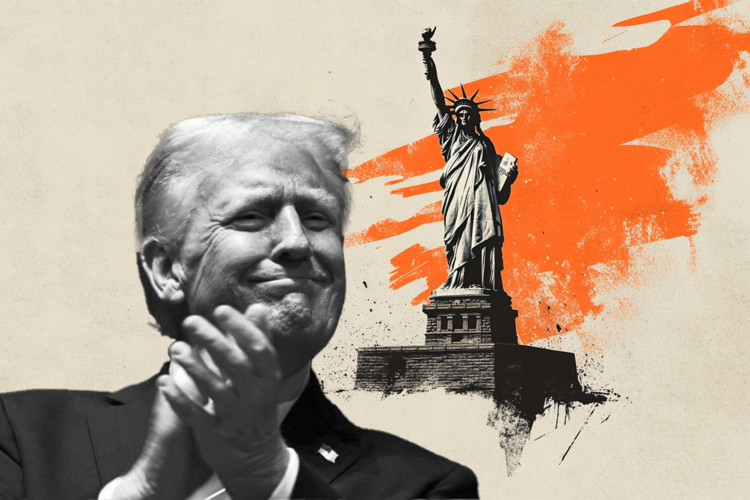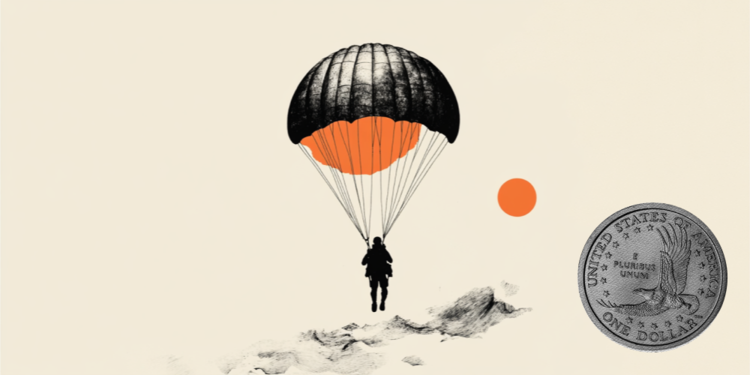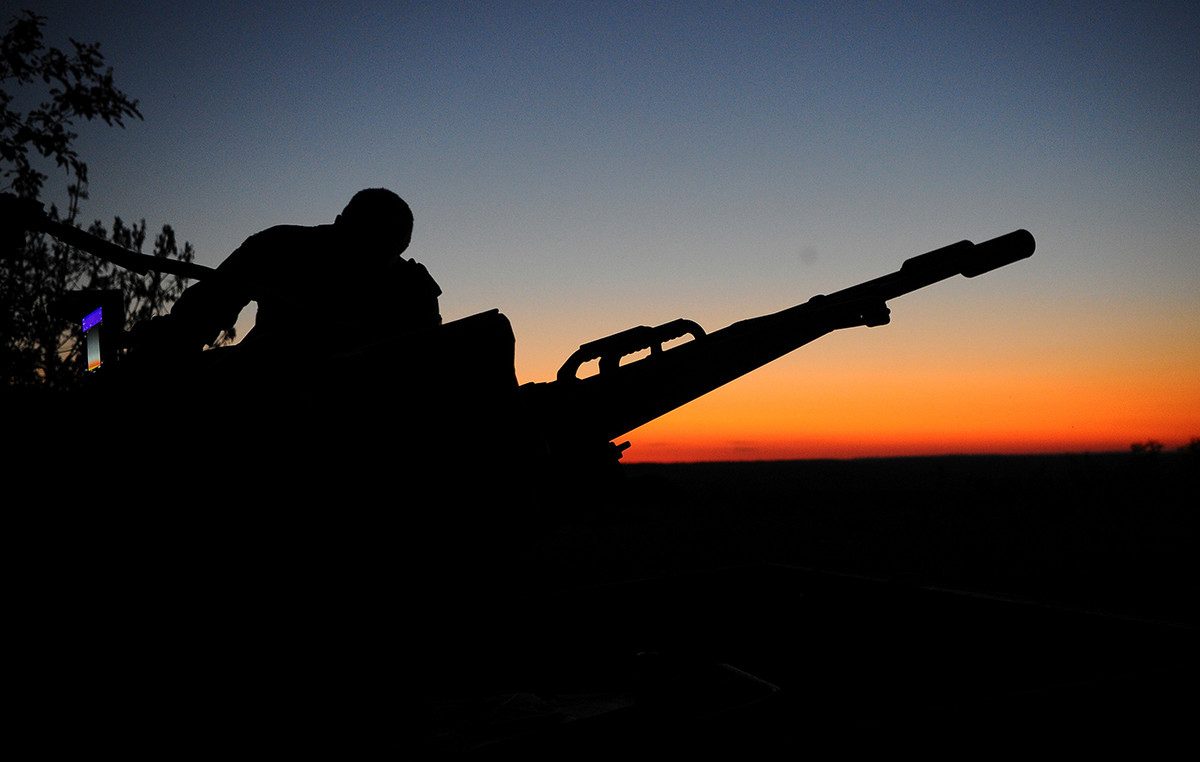It hides more than six kilometers deep below the Pacific Ocean, split in half and nestled on a hillside.
There’s a new deepest shipwreck in the world to be identified and researched — and it’s the USS Destroyer Escort Samuel B. Roberts (DE-413), known as the Sammy B.
Victor Vescovo, an explorer who had already completed expeditions to the deepest points in the world, located the wreckage together on June 22.
It lies at a depth of 6,895 meters in the Philippine Sea. By comparison, the peak of Mount Kilimanjaro is 5,896 meters, while the tallest permanent settlement in the world, La Rinconada in the Peruvian Andes, is 5,100 meters.
Previously, the deepest wreck ever identified and surveyed was the USS Johnston, found last year by Vescovo. It stands at 6,469 meters.

Vescovo, the pilot, and sonar expert Jeremie Morizet dove to track the wreckage from end to end. The wreck broke into two pieces, about 10 meters apart.
The ship Sammy B. sank in the Battle of Samar on October 25, 1944, in which the US Navy defeated the largest Japanese fleet east of the island of Samar in the Philippines.
He fought against three Japanese warships, including the Yamato, considered to be the largest ever built. The US ship carried 224 crew, 89 of whom were killed. Captain Robert W. Copeland was one of the survivors.

The ship “fought fiercely, although it was completely outmatched by the Japanese warships and heavy cruisers it faced,” Vescovo told CNN .
“The heroism of the captain and his crew is legendary in the Navy, and it was a great honor to find the place [do navio] of final rest. I think it helps wrap up the story of the vessel, for the families of those who died and for those who worked on it. Having a ship disappear into the depths, never to be seen again, can leave those attached to the boat with a feeling of emptiness.”
“Finding the wreckage helps bring an ending, and discovering details about the battle that we may not have known before. As we say, ‘steel doesn’t lie’”.
Vescovo, founder of exploration company Caladan Ocean and a member of EYOS Expeditions, made six dives over eight days looking for the vessel, as well as another US wreck, the Gambier Bay.
Previous records pinpointing the location of ships were imprecise, but the team was aided by a custom scanning system, as well as extensive research.
Initially, they located the wreckage of the Sammy B. — as a three-tube torpedo launcher, a tool present only on that vessel among the wrecks. On the last day, they managed to find the wreck.
Vescovo said it was “an honor” to find the vessel, saying in a statement that locating it had given the team the chance to “retell their story of heroism and commitment”.
“In difficult times, it is important to reflect on those who willingly sacrificed much in even worse situations to secure our freedoms and ways of life,” he said.
“I am always impressed by the extraordinary bravery of those who fought this war, against daunting odds, and won.”

he told the CNN that his team wasn’t sure the expedition would be a success.
“The Sammy B is a small ship compared to other military vessels, and we weren’t sure we could find it in the extremely vast and deep ocean where it sank. But with perseverance, some incredible historical analysis, and a lot of technology made for the depths of the oceans, we were able to find it and have the opportunity to tell an impressive story,” she explained.
“It is unbelievably exciting to find a shipwreck at the bottom of the ocean, given all the difficulties in finding it. It is an immense privilege to be the first person to see it after having sunk in battle nearly eighty years ago.”

Kelvin Murray, expedition leader and director of subsea operations and projects at EYOS, said: “As always, there was effort and dedication from the entire team — the ship’s crew, historians and other experts. Using a combination of detective work and innovative technology, we were all able to reveal the final resting place of this sturdy vessel.”
“It was a challenging, exhilarating and scathing expedition, one that recognizes every ship and crew from every nation who fought so vehemently during this battle. We are all proud of what has been achieved and thrilled by what we have seen.”
The team also went down to 7,000 meters down to look for another vehicle — a trunk, called Gambier Bay — but could not find it. They did not search for another destroyer, the USS Hoel, due to lack of data.

But the Sammy B. may not be the deepest wreck for long. The group believes that the new Deep Ocean Search scanner is the deepest seeker ever operated underwater — normally, these equipments reach a depth of 6,000 meters, but the new one has already been tested at up to 11,000 meters, the total depth of the ocean. . The Caladan Oceanic team plans to take it to the bottom next month.
Source: CNN Brasil
I’m Susan Karen, a professional writer and editor at World Stock Market. I specialize in Entertainment news, writing stories that keep readers informed on all the latest developments in the industry. With over five years of experience in creating engaging content and copywriting for various media outlets, I have grown to become an invaluable asset to any team.







